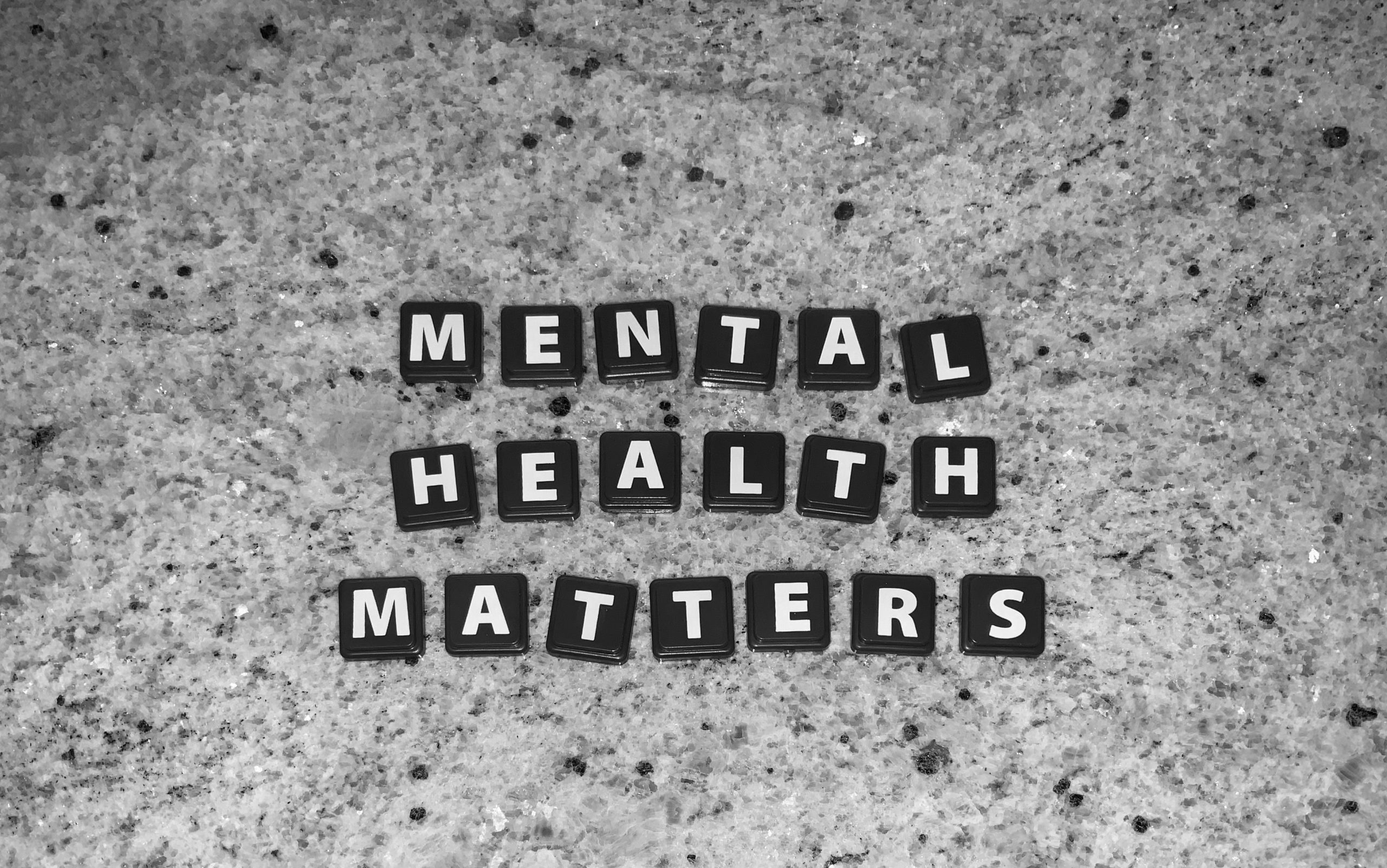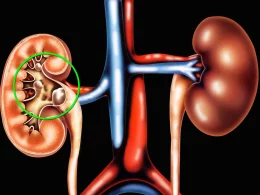A new study has revealed a concerning trend in the United States – a significant increase in emergency room visits for youth with mental health concerns. The findings of this study highlight the urgent need for improved mental health services for young people.
The study, which was published in the Journal of the American Medical Association Pediatrics, analyzed data from emergency room visits between 2005 and 2015. The researchers found that the number of emergency room visits for mental health concerns among children and adolescents increased by 60% over the course of the study period.
This is a concerning trend that demands attention from policymakers, healthcare providers, and parents alike. Mental health disorders can have a profound impact on a young person’s life, and early intervention is crucial to ensure that they receive the support they need to lead healthy and fulfilling lives.
The reasons behind this trend are complex, but there are several possible factors that may be contributing to the rise in emergency room visits for youth with mental health concerns. One of the most significant factors is the increasing prevalence of mental health disorders among young people. Anxiety and depression are among the most common mental health disorders affecting youth, and the rates of these conditions have been steadily rising over the past few decades.
Another contributing factor is the stigma that still surrounds mental health issues. Many young people may feel ashamed or embarrassed to seek help for their mental health concerns, and this can lead to delayed treatment and a worsening of symptoms.
There are also broader societal issues that may be contributing to the rise in emergency room visits for youth with mental health concerns. Economic hardship, social isolation, and exposure to violence or trauma are just a few examples of the many challenges that young people may be facing today.
So what can be done to address this crisis? First and foremost, we need to work to reduce the stigma surrounding mental health issues. This means educating young people and their families about mental health and encouraging them to seek help when needed.
We also need to improve access to mental health services for young people. This includes expanding mental health services in schools and community-based settings, as well as ensuring that insurance coverage for mental health services is comprehensive and affordable.
Another crucial step is to address the underlying societal factors that may be contributing to the rise in emergency room visits for youth with mental health concerns. This may involve addressing economic inequality, promoting social connectedness and community engagement, and addressing the root causes of violence and trauma in our communities.
The implications of this crisis are far-reaching. Mental health disorders can impact every aspect of a young person’s life, including their academic performance, social relationships, and future job prospects. We must act urgently to ensure that all young people have access to the support and resources they need to thrive.
In conclusion, the findings of this study are a wake-up call for all of us. By reducing the stigma surrounding mental health issues, improving access to mental health services, and addressing the underlying societal factors contributing to this crisis, we can work to ensure that all young people have the support they need to lead healthy and fulfilling lives. It is up to all of us to act now, before it is too late.










